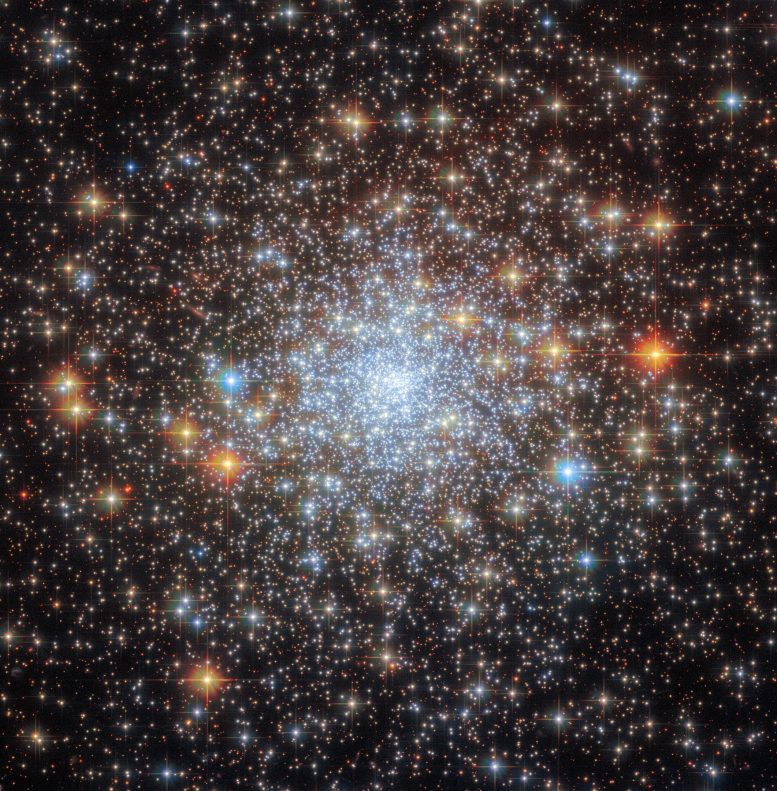
This striking image from the Hubble Space Telescope reveals the globular cluster NGC 6652, located within our Milky Way galaxy. A product of the work of two distinct teams of astronomers, this image combines data from two Hubble instruments to survey globular clusters and to analyze their chemical makeup. Credit: ESA/Hubble & NASA, A. Sarajedini, G. Piotto
In a stunning image from the Hubble Space Telescope, the globular cluster NGC 6652 glimmers with the light of countless stars.
The glittering, glitzy contents of the globular cluster NGC 6652 sparkle in this star-studded image from the Hubble Space Telescope. The core of the cluster is suffused with the pale blue light of countless stars, and a handful of particularly bright foreground stars are adorned with crisscrossing diffraction spikes. NGC 6652 lies in our own Milky Way galaxy in the constellation Sagittarius, just under 30,000 light-years from Earth and a mere 6,500 light-years from the Galactic center.
Globular Clusters Explained
Globular clusters are stable, tightly gravitationally bound clusters containing anywhere between tens of thousands and millions of stars. The intense gravitational attraction between the closely packed stars in globular clusters is what gives these star-studded objects their regular, spherical shape.
Data Collection and Observing Programs
This image combines data from two of Hubble’s third-generation instruments; the Advanced Camera for Surveys (ACS) and Wide Field Camera 3 (WFC3). This image not only benefits from two instruments but also relies on two separate observing programs from two distinct teams of astronomers. The first team embarked on a mission to survey globular clusters in the Milky Way galaxy in the hope of shedding light on topics ranging from the ages of these objects to the gravitational potential of the galaxy as a whole.
Analyzing Chemical Proportions
The second team of astronomers used a trio of exquisitely sensitive filters in Hubble’s Wide Field Camera 3 to disentangle the proportions of carbon, nitrogen, and oxygen in globular clusters such as NGC 6652.

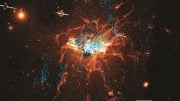

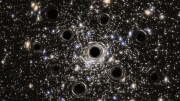
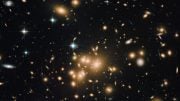
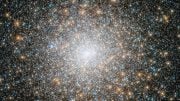
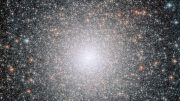
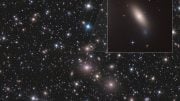
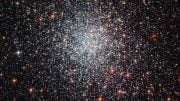
Be the first to comment on "The Milky Way’s Disco Ball: Hubble Captures Glittering Globular Cluster in Sagittarius"